You might not realize how much your posture affects your overall wellness at work. Poor posture can lead to discomfort and fatigue, which ultimately hampers your productivity. By understanding the signs of posture-related issues and implementing simple corrections, you can create a healthier work environment. It's not just about sitting up straight; it involves a holistic approach to your workspace and daily habits. Curious about how to make these changes effectively and what benefits they could bring to you and your team?
Understanding Posture and Its Impact
Understanding posture is essential for maintaining your overall health and well-being, especially in a workplace setting. Good posture means aligning your body correctly to minimize strain on muscles and ligaments. When you sit or stand properly, you reduce the risk of discomfort and fatigue that can hinder your productivity.
In a typical workday, you might spend hours at a desk, typing away or participating in meetings. If you're slouching or leaning forward, you're likely putting unnecessary pressure on your spine and surrounding muscles. This can lead to headaches, back pain, and even digestive issues.
By paying attention to your posture, you can create a more comfortable work environment that enhances your focus and efficiency.
To maintain good posture, start by adjusting your workstation. Confirm your chair supports your lower back, and keep your feet flat on the ground. Your monitor should be at eye level, preventing you from craning your neck. When you sit, try to keep your knees at hip level and avoid crossing your legs.
Regularly check in with your body throughout the day. If you notice tension or discomfort, take a moment to stretch or reposition yourself. Consider incorporating short breaks to stand and move around, which can help reset your posture and improve circulation.
Common Causes of Poor Posture
Poor posture often stems from a combination of habits and environmental factors that can go unnoticed. You mightn't realize how your daily routines and workspace setup contribute to your posture issues. Identifying these common causes is the first step toward improvement.
- Sedentary Lifestyle: If you spend long hours sitting, especially without breaks, your muscles weaken, leading to slouching. This can create a vicious cycle where poor posture reinforces a sedentary habit.
- Improper Workspace Ergonomics: Your desk setup plays an essential role in your posture. If your chair isn't supportive, or your computer screen is too low, you're likely to hunch over or lean forward, causing strain on your back and neck.
- Inadequate Footwear: The shoes you wear can greatly affect your posture. Wearing high heels or shoes with poor arch support changes your body's alignment, making it easier to develop misalignments over time.
Signs of Posture-Related Issues
If you're experiencing frequent back pain, neck strain, or fatigue, these could be signs of posture-related issues.
Poor posture not only affects your physical health but can also lead to decreased productivity at work.
Recognizing these symptoms early can help you take action and improve your overall well-being.
Common Physical Symptoms
Over time, many people may start to notice various physical symptoms that signal posture-related issues. If you're experiencing discomfort, it might be time to reassess your posture.
Here are three common physical symptoms you should watch for:
- Neck Pain: If you find yourself frequently rubbing your neck or feeling stiffness, it could indicate that your head is positioned too far forward, straining the muscles.
- Back Pain: Persistent lower or upper back pain is often a sign of poor posture. Slouching can lead to muscle imbalances and discomfort in your spine.
- Shoulder Tension: You might notice tightness in your shoulders, especially if you're slumping or hunching over your desk. This tension can lead to headaches and further discomfort.
Recognizing these symptoms early on can help you take steps toward better posture and overall wellness.
Don't ignore these signs; they can affect not just your physical health but also your overall quality of life. Addressing posture-related issues early can lead to significant improvements in your well-being.
Impact on Productivity
Your productivity can take a significant hit when posture-related issues arise. You might find yourself struggling to concentrate, feeling fatigued, or experiencing discomfort that distracts you from your tasks.
These symptoms not only affect your focus but can also lead to a decline in the quality of your work. If you're slouching or hunching over your desk, you're likely to experience reduced blood flow and oxygen to your brain, making it harder to think clearly and make decisions.
Moreover, if you're constantly adjusting your position to relieve discomfort, you'll waste precious time that could be spent on important projects. Poor posture can also contribute to increased stress levels, which can further diminish your efficiency.
You may notice yourself taking more breaks to stretch or walk around, but these interruptions can disrupt your workflow and lead to missed deadlines.
Benefits of Posture Correction
Correcting your posture can lead to numerous benefits that enhance both physical health and overall well-being. When you focus on maintaining proper alignment, you'll notice positive changes in your body and mind that can greatly improve your work life.
Here are three key benefits of posture correction:
- Reduced Pain: Good posture helps alleviate common aches and pains, especially in your neck, shoulders, and back. By distributing your body weight evenly, you reduce the strain on your muscles and joints, making it less likely for you to experience discomfort throughout the day.
- Increased Energy Levels: When you sit or stand up straight, you allow your lungs to expand fully, which enhances oxygen flow throughout your body. This increased oxygen intake can lead to higher energy levels, helping you feel more alert and focused during your work hours.
- Improved Mood and Confidence: Maintaining good posture doesn't just affect your physical state; it also influences your mental well-being. Standing tall can boost your confidence and self-esteem, making you feel more empowered in your workplace.
Additionally, good posture has been linked to improved mood, reducing feelings of stress and anxiety.
Incorporating posture correction into your daily routine can lead to a healthier, happier you. So, take a moment to adjust your stance and enjoy the benefits that come with it!
Ergonomic Workspace Setup
Setting up your workspace ergonomically can make a huge difference in your comfort and productivity.
Start by adjusting your desk height to guarantee your elbows are at a 90-degree angle, and choose a chair that provides proper support.
Don't forget to position your monitor at eye level to reduce strain on your neck and eyes.
Desk Height Adjustment
Adjusting your desk height is essential for maintaining an ergonomic workspace that supports good posture and reduces strain.
When your desk is at the right height, it promotes comfort and efficiency throughout your workday. Here are three key factors to evaluate when setting your desk height:
- Elbow Position: Your elbows should be at a 90-degree angle when your hands rest on the keyboard. This position helps reduce strain on your shoulders and wrists.
- Feet Placement: Your feet should rest flat on the ground or on a footrest. This alignment helps maintain proper circulation and reduces lower back discomfort.
- Screen Level: The top of your computer monitor should be at eye level or slightly below. This position encourages a neutral neck posture, preventing strain and fatigue during long hours of work.
Chair Support Features
A properly adjusted desk height plays a significant role in your overall ergonomic setup, but without appropriate chair support features, you may still experience discomfort.
Your chair should provide adequate lumbar support, which helps maintain the natural curve of your spine. When you're sitting, make sure the chair's backrest aligns with your lower back. This support can prevent slumping and reduce the risk of back pain.
Seat height is equally important. You should adjust your chair so your feet rest flat on the floor, with your knees at a 90-degree angle. If your chair doesn't have adjustable height, consider adding a footrest to guarantee proper leg positioning.
Armrests are another key feature. They should support your arms without lifting your shoulders. Look for a chair with adjustable armrests, allowing you to find the perfect height to promote relaxation and reduce tension.
Lastly, the material of your chair matters. Choose breathable fabric that provides cushioning while keeping you comfortable throughout the day.
Monitor Positioning Tips
Finding the right monitor position is essential for maintaining comfort and preventing strain during long hours of work.
A well-placed monitor can reduce eye strain, neck pain, and back discomfort. Here are three tips to help you position your monitor correctly:
- Eye Level: Adjust your monitor so the top of the screen is at or just below eye level. This way, you won't have to tilt your head up or down, keeping your neck in a neutral position.
- Distance: Position your monitor about an arm's length away from your eyes. This distance helps minimize eye strain and allows you to read text without leaning in or squinting.
- Angle: Tilt the monitor slightly backward (about 10-20 degrees) to reduce glare from overhead lights. This angle allows you to maintain a comfortable viewing position while improving visibility.
Exercises for Posture Improvement
To enhance your posture, incorporating specific exercises into your daily routine can make a significant difference.
Start with the wall angel exercise. Stand with your back against a wall, ensuring your heels, buttocks, and head touch it. Raise your arms to form a 'W' shape and slowly slide them up to form a 'Y,' keeping your elbows and wrists in contact with the wall. Repeat this for 10 repetitions to help open your shoulders and improve alignment.
Next, try the cat-cow stretch. Get down on all fours with your wrists under your shoulders and knees under your hips. Inhale, arching your back (cow), and look up; then exhale, rounding your back (cat) and tucking your chin. This dynamic stretch improves flexibility in your spine and encourages better posture.
Another effective exercise is the chin tuck. Sit or stand tall, gently pull your chin in towards your neck, and hold for five seconds. This simple move strengthens your neck muscles and reduces forward head posture.
Lastly, incorporate planks into your routine. Position yourself face down, resting on your forearms and toes, keeping your body in a straight line. Hold this position for 20 to 30 seconds. Planks strengthen your core, which is crucial for maintaining proper posture.
Implementing Posture Awareness Programs
Implementing posture awareness programs can greatly boost employees' overall well-being and productivity. When you prioritize posture, you're not just addressing discomfort but also enhancing focus and energy levels throughout the workday.
Here's how you can effectively implement such programs:
- Workshops and Training Sessions: Organize regular workshops that teach employees about the importance of good posture. These sessions can include practical demonstrations and tips on how to maintain proper alignment while working at desks or using technology.
- Visual Reminders: Place posters or digital screens around the workplace that remind employees to check their posture. Simple graphics showing correct sitting and standing positions can serve as constant reminders, reinforcing the lessons learned in workshops.
- Posture Checks: Encourage managers and peers to conduct informal posture checks. This creates a culture of accountability where everyone supports each other in maintaining good posture.
You could even introduce a friendly competition to see which team can improve their posture the most over a set period.
Role of Management in Wellness
Management plays an essential role in fostering a culture of wellness within the workplace. Your leadership sets the tone for how employees prioritize their health and well-being. When you actively promote wellness initiatives, it signals to your team that their health matters. This can lead to higher engagement, productivity, and overall job satisfaction.
One key aspect is creating a supportive environment that encourages regular posture checks and ergonomic practices. By providing resources, such as ergonomic assessments and posture correction workshops, you can empower employees to take charge of their wellness. Encourage breaks and stretching exercises throughout the day to combat the negative effects of prolonged sitting.
Communication is vital. Make sure your team knows about available wellness programs and resources. Regularly share updates and success stories to motivate employees to participate. When you demonstrate your commitment to wellness, your team is more likely to follow suit.
Additionally, consider offering flexible work arrangements. Allowing employees to choose their work environment can enhance comfort and promote better posture. It shows that you understand the importance of individual needs and are willing to accommodate them.
Lastly, lead by example. When you prioritize your health and well-being, your employees are more likely to do the same. Your actions can inspire a culture where wellness is a shared responsibility.
Long-Term Strategies for Success
A sustainable approach to workplace wellness involves establishing long-term strategies that support ongoing health and posture correction.
To effectively integrate these strategies into your daily routine, you'll need to focus on a few key areas that foster a culture of wellness.
1. Regular Training and Workshops: Schedule periodic training sessions that educate employees about the importance of posture and ergonomics.
These sessions can offer practical tips for maintaining good posture while sitting or standing, as well as exercises to relieve tension.
2. Ergonomic Assessments: Conduct regular ergonomic assessments of workspaces.
By ensuring that furniture and equipment are tailored to individual needs, you can reduce the risk of strain and promote comfort.
Encourage employees to report any issues they face with their setups.
3. Encourage Breaks and Movement: Promote a culture that values breaks and movement.
Encourage employees to take short breaks every hour to stretch or walk around.
You might even implement a "movement hour" where everyone participates in a group activity, fostering both physical health and team bonding.
Conclusion
To sum up, prioritizing posture correction in the workplace can lead to significant improvements in employee well-being and productivity. By fostering awareness and implementing ergonomic solutions, you can create a healthier environment that reduces discomfort and fatigue. Encourage regular posture checks and offer exercises to empower your team in maintaining good posture. Remember, a culture of wellness not only enhances morale but also drives engagement, ultimately benefiting everyone in the organization. Start today for a better tomorrow!



